Description
Types of Used Rail Scrap
Used rail scrap can be classified into different categories based on their specifications and condition. The most common types include:
- Heavy Haul Rail: Heavy haul rail refers to railway tracks designed to withstand heavy loads, such as those used in mining operations or transportation of bulk goods like coal or iron ore.
- Light Rail: Light rail refers to tracks used for urban transit systems or light cargo transportation. These tracks are typically smaller in size and have lower load-bearing capacity compared to heavy haul rails.
- Standard Rail: Standard rail is the most common type found in general railway networks. It is used for passenger transportation, freight movement, and other regular railway operations.
- Crane Rail: Crane rails are specifically designed to support the movement of cranes in industrial settings such as ports or construction sites.
- Switches and Crossings: Switches and crossings are specialized components used to divert trains from one track to another. These components, including switches, turnouts, and crossings, can also be recycled as part of the used rail scrap.
Recycling Process
The recycling process for used rail scrap involves several steps to transform the discarded materials into reusable products. Here is a general outline of the typical recycling process:
- Collection: Used rail scrap is collected from decommissioned railway tracks, construction sites, or other sources where these materials are available.
- Sorting: The collected scrap is then sorted based on its type, size, and condition. This step ensures that the materials can be processed effectively and meet the required specifications.
- Cleaning: The sorted scrap is cleaned to remove any contaminants such as dirt, rust, or paint. This cleaning process helps improve the quality of the recycled materials.
- Cutting and Shearing: The scrap is cut into manageable lengths using specialized equipment like shears or torches. This step prepares the materials for further processing.
- Shredding: In some cases, the scrap may undergo shredding to reduce its size further. Shredding increases the surface area of the material, making it easier to melt during the subsequent stages.
- Melting: The shredded or cut scrap is then melted in a furnace at high temperatures. This process transforms the solid metal into molten form, ready for casting or rolling into new products.
- Casting or Rolling: The molten metal is cast into ingots or continuously rolled into new rail tracks, depending on the desired end product. These new products can be used in railway infrastructure projects or other industrial applications.
Market Demand and Applications
Used rail scrap has a significant market demand due to its recycling potential and various applications across industries. Some of the key applications include:
- Railway Infrastructure: Recycled rail scrap is often used in the construction and maintenance of railway tracks, bridges, and other infrastructure components. It provides a cost-effective alternative to manufacturing new rails while promoting sustainability.
- Manufacturing Industry: The steel obtained from recycled rail scrap can be used in various manufacturing processes, including automotive, construction, machinery, and equipment production.
- Construction Sector: Recycled rail scrap can be repurposed for construction projects such as building foundations, reinforcing concrete structures, or creating barriers for highways and railways.
- Artistic and Decorative Uses: Rail scrap can also find artistic and decorative applications, where it is transformed into sculptures, furniture pieces, or architectural elements.
Environmental Considerations
The recycling of used rail scrap offers several environmental benefits, including:
- Resource Conservation: Recycling reduces the need for extracting and processing raw materials, conserving natural resources such as iron ore and coal.
- Energy Savings: The energy required to recycle used rail scrap is significantly lower compared to producing new steel from virgin materials. This results in reduced greenhouse gas emissions and lower energy consumption.
- Waste Reduction: By diverting used rail scrap from landfills, recycling helps minimize waste generation and promotes a circular economy approach.
- Reduced Pollution: Recycling reduces the pollution associated with mining, manufacturing, and transportation of raw materials. It also helps prevent the release of harmful substances into the environment.
used rail scrap encompasses discarded rail tracks and related materials that are recycled for various applications. The recycling process involves collection, sorting, cleaning, cutting, melting, and casting or rolling the scrap into new products. The market demand for recycled rail scrap is driven by its use in railway infrastructure projects, manufacturing industries, construction sector, and artistic applications. Recycling used rail scrap offers environmental benefits such as resource conservation, energy savings, waste reduction, and pollution prevention.

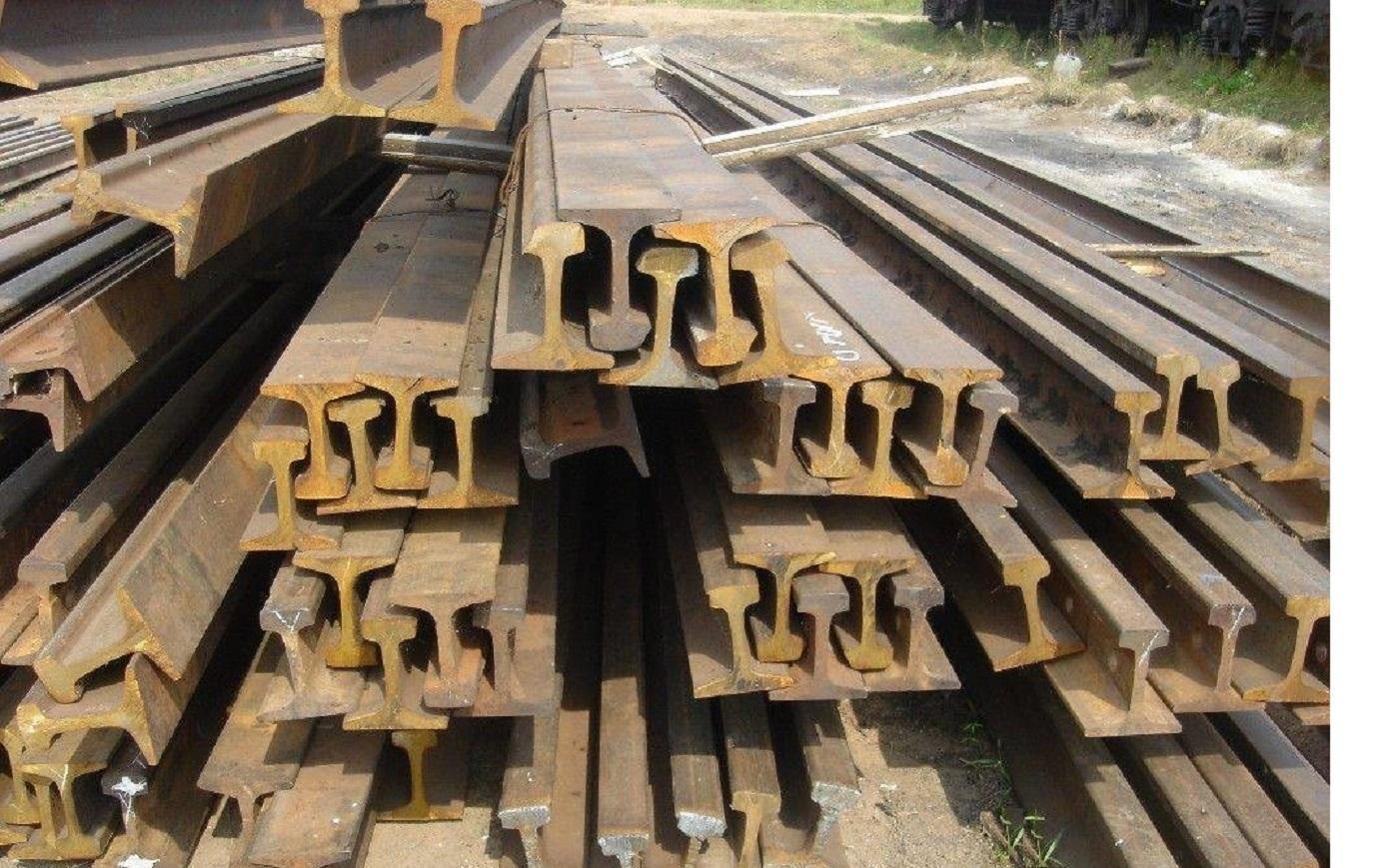
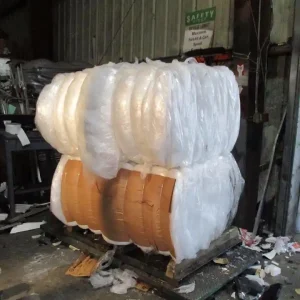
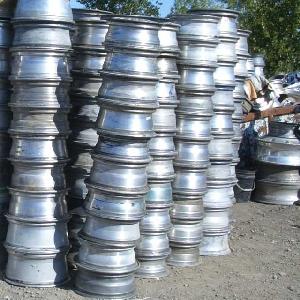
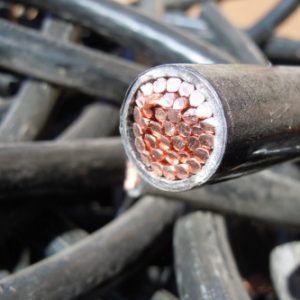
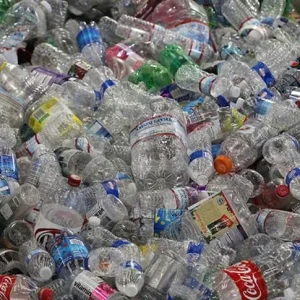
Reviews
There are no reviews yet.